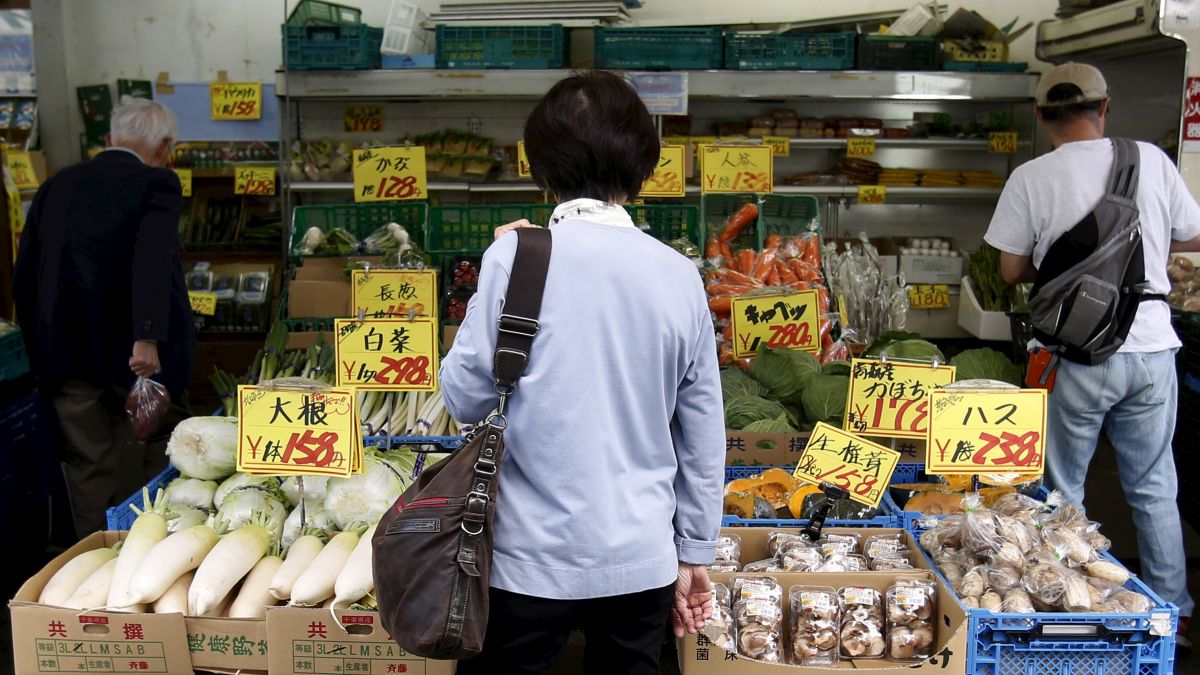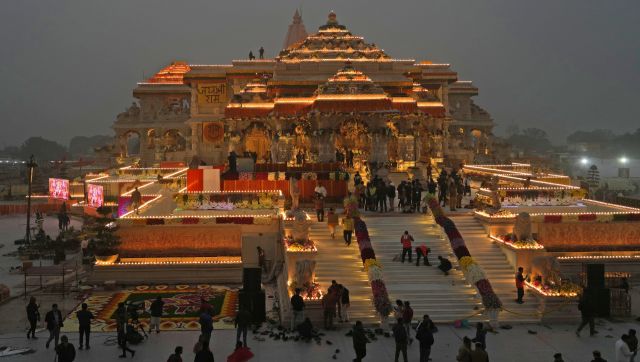Ramarao Karad had to contend with the possibility of bankruptcy. Rameshwar village, where he has lived and ploughed his farm of 18 acres for decades, had received erratic rainfall for the past three seasons. His losses from last year’s meagre kharif (the monsoon crop) yield were in the vicinity of Rs three lakh. In three years, Ramarao had lost close to Rs eight lakh. He said he had begun to weigh his options, try another trade, perhaps.
“After the failed kharif season, I was in two minds whether or not to go for rabi crops (the spring harvest). I sowed wheat and maize and hoped things would improve,” he said.
Without rainfall, that, too, came to naught.
“In March, looking at the cracked soil, parched wells and bore wells in my field and the uncertainty of the monsoon, I felt quite uncertain about what would happen to me,” Ramarao told Firstpost when we visited his farm in November — he grows sunflower, wheat and jowar.
Several other farmers we met for this Ground Report, the first in a series of four that examines the agrarian crisis in Latur and Beed, and the state’s response, had similar stories to tell. Tulshiram Karad (he is a distant relative of Ramarao; Karad is a common surname in Latur), a greybeard in Rameshwar’s agrarian community, and the deputy sarpanch of the village panchayat, is one of them. Tulshiram, who is about 70 years old and farms just over 100 acres of land, said he “couldn’t even begin planting sugarcane”.
All the village wells had dried up, the village suffered an acute drinking water shortfall and the rains hadn’t come to Rameshwar. “We acquired a few more bore wells (installed on privately-owned land, for public use) but that didn’t help,” he said. “In fact, we might have to rely on at least four water tankers a day starting February 2016.” The last time conditions were this grave was in 1972, the year of Maharashtra’s worst recorded drought, he said.
Marathwada’s crumbling irrigation infrastructure only exacerbated matters.
The three-decade-old Kolhapur-type bandhara (levee) on the edge of river Sonvala was in a state of disrepair and has been failing to store water for the last couple of years. Rameshwar was, as Maharashtra water conservation department officials saw it, a ripe case for state intervention.
In January, a Jalayukta Shivar Abhiyan team led by KB Mane, the taluka agricultural officer, paid the village a visit. A meeting was called at the behest of sarpanch Sharada Jagdhane and officials explained the scheme to villagers.
Rameshwar has a population of around 2,000, which owns nearly 507 hectares of land. Around 300 hectares are under irrigation. Sugarcane, a water-guzzling crop, accounts for 80 per cent of total farming.
“The officials told us that the abhiyan would, once and for all, resolve our problems with water for drinking and irrigation. I thought it was a good plan. I took it upon myself to convince others who were initially a bit reluctant,” said Tulshiram.
Widening a 3.5 km stretch of the river Sonvala, repair of the Kolhapur-type bandhara and construction of four new cement concrete dams on the river were suggested. “Officials promised to fund some of these projects but they also wanted us to contribute”, said Jagdhane.
As the scheme’s participatory model prescribed it, the state contributed Rs six lakh for the bandhara repair work. Tulshiram paid Rs 5 lakh to cover the rest.
“What he did inspired others to come forward and contribute,” said Ramarao.
The project was launched in April and completed in June. In all, it cost Rs one crore. The village contributed around 10-15 percent of that amount.
Two months after the river was fortified, it rained. The Sonvala retained much of this water. Wells that had been along its length were recharged. “Farms that are located in a 1 km radius of the river have benefited from the bandhara,” Ramarao said.
Tulshiram’s other worry, that Rameshwar would continue to rely on drinking water carried to the village by tankers, appears to have been addressed. “The bandhara is just 150 feet away from the two public wells and three bore wells, which means their water level has gone up,” he said. “And it’s not just in our village. The water has percolated to neighbouring areas as well.”
Villagers say they have water to last them till January.
“Even if there is just average rainfall, we will still be self-reliant on drinking water. Also, we will have enough for irrigation,” said Ramarao.


)




)
)
)
)
)
)
)
)